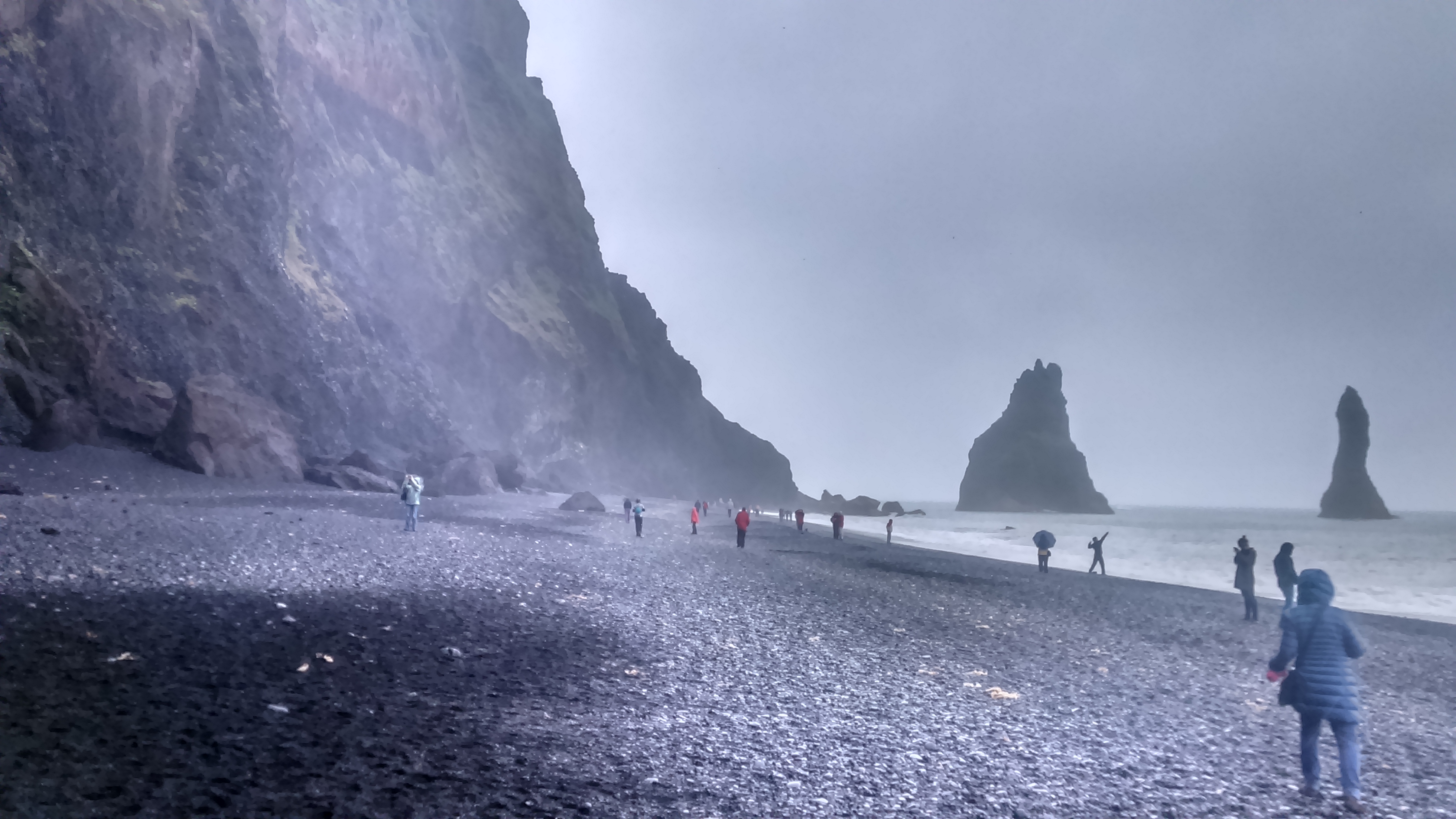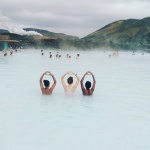A Trip through Iceland’s Elemental Nature
The beauty of Iceland is elemental: the fires of volcanoes meeting the waters of Atlantic and the mountains of stone and ice.
by Joseph F. Nacino | October 26, 2016
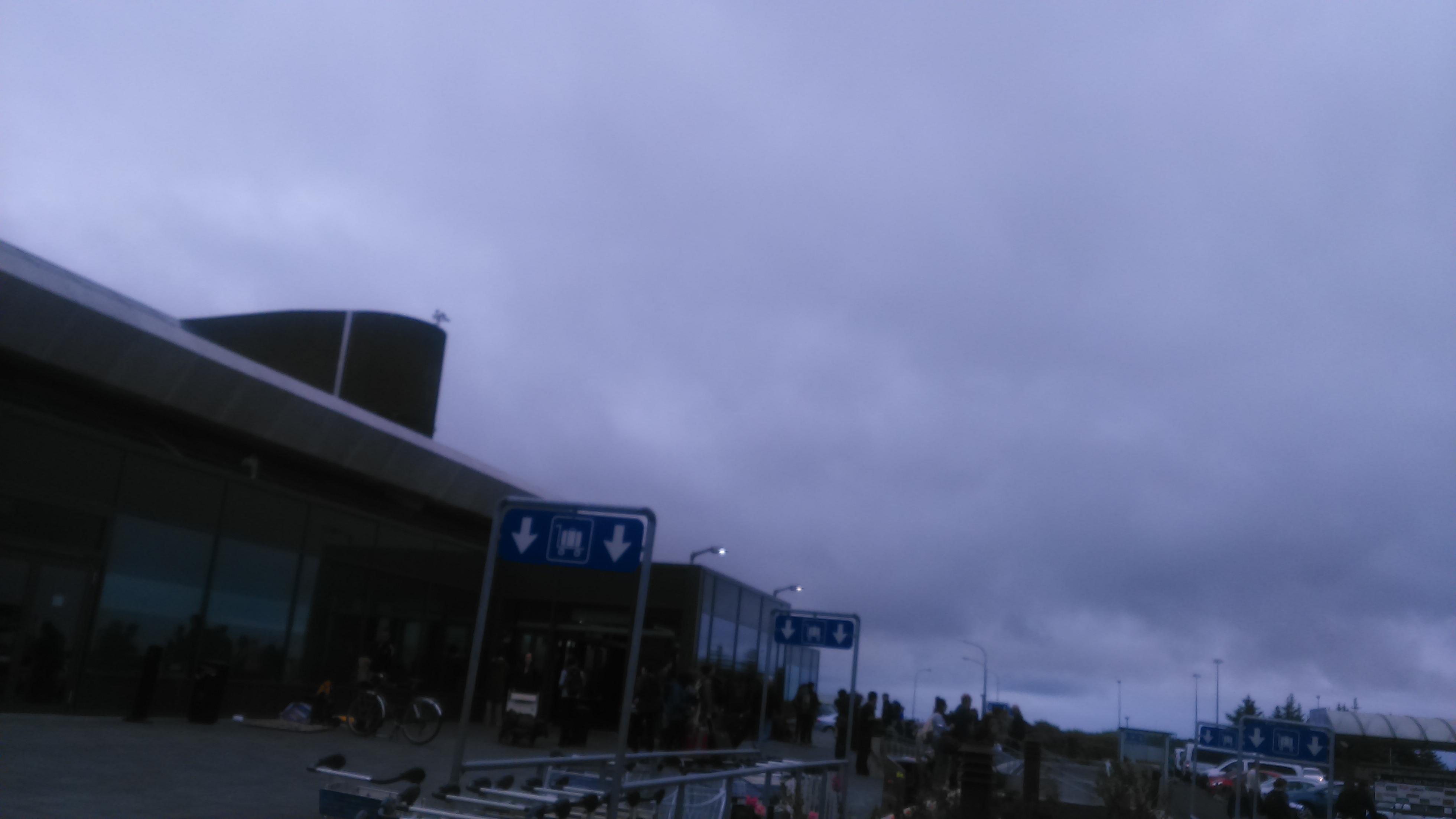
The first time you set foot on Iceland, your initial impression of the country is a bleak landscape: fields of black rock stretching all the way to the horizon where mountains dwell in cloudy robes.
These are the famed lava fields, because Iceland is a realm of volcanoes, geysers and hot springs. It is this image that sticks to you as you take the bus from the Reykjavik Airport to the capital under a blue-gray cloudy sky that seems to go on forever.
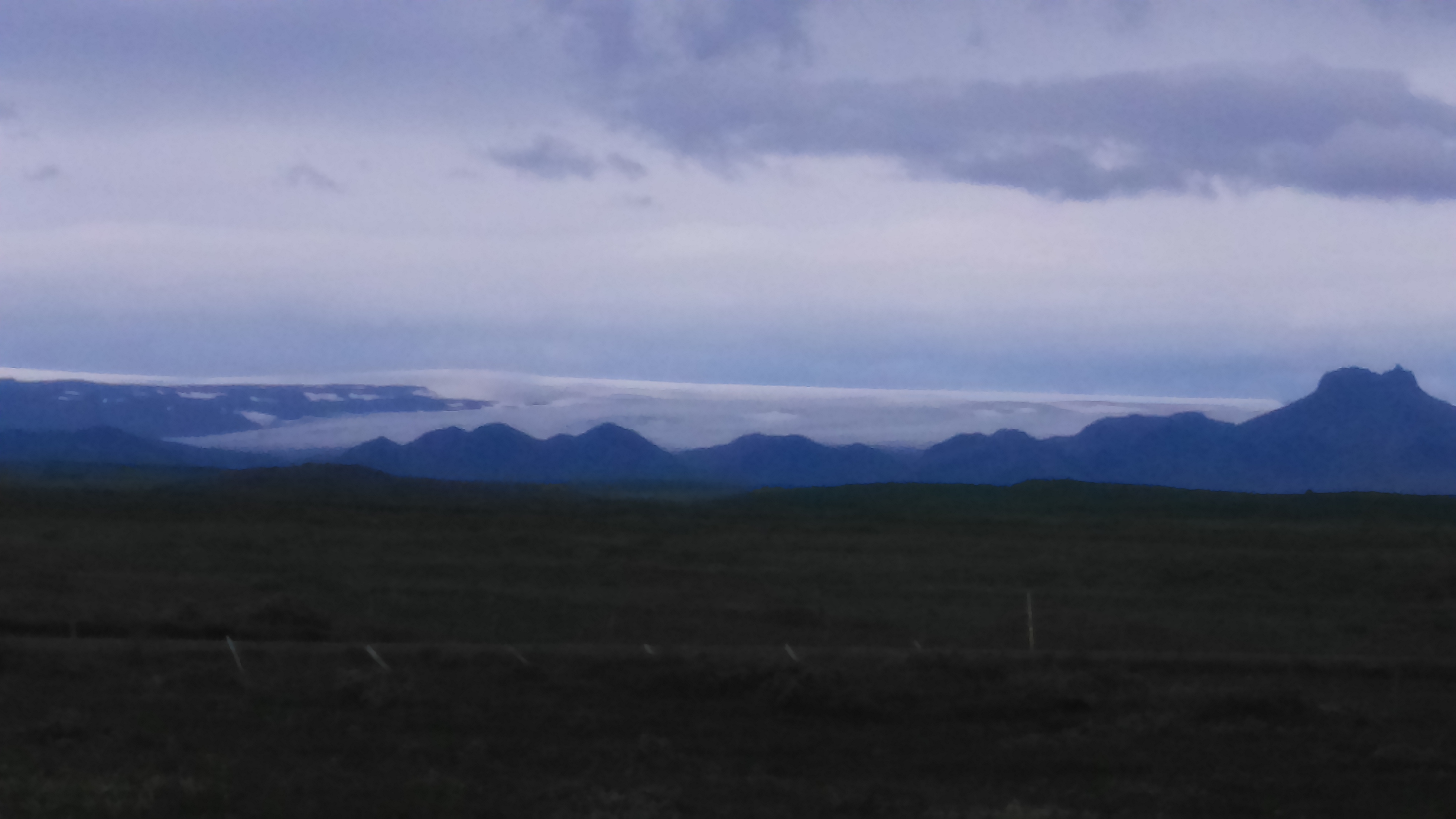
But there is more to Iceland than you could possibly know.
The Blue Waters
If you want to see what Iceland has to offer, you need to take a tour bus outside the capital. The city of Reykjavik has everything you want — but outside Reykjavik is everything you want to see.
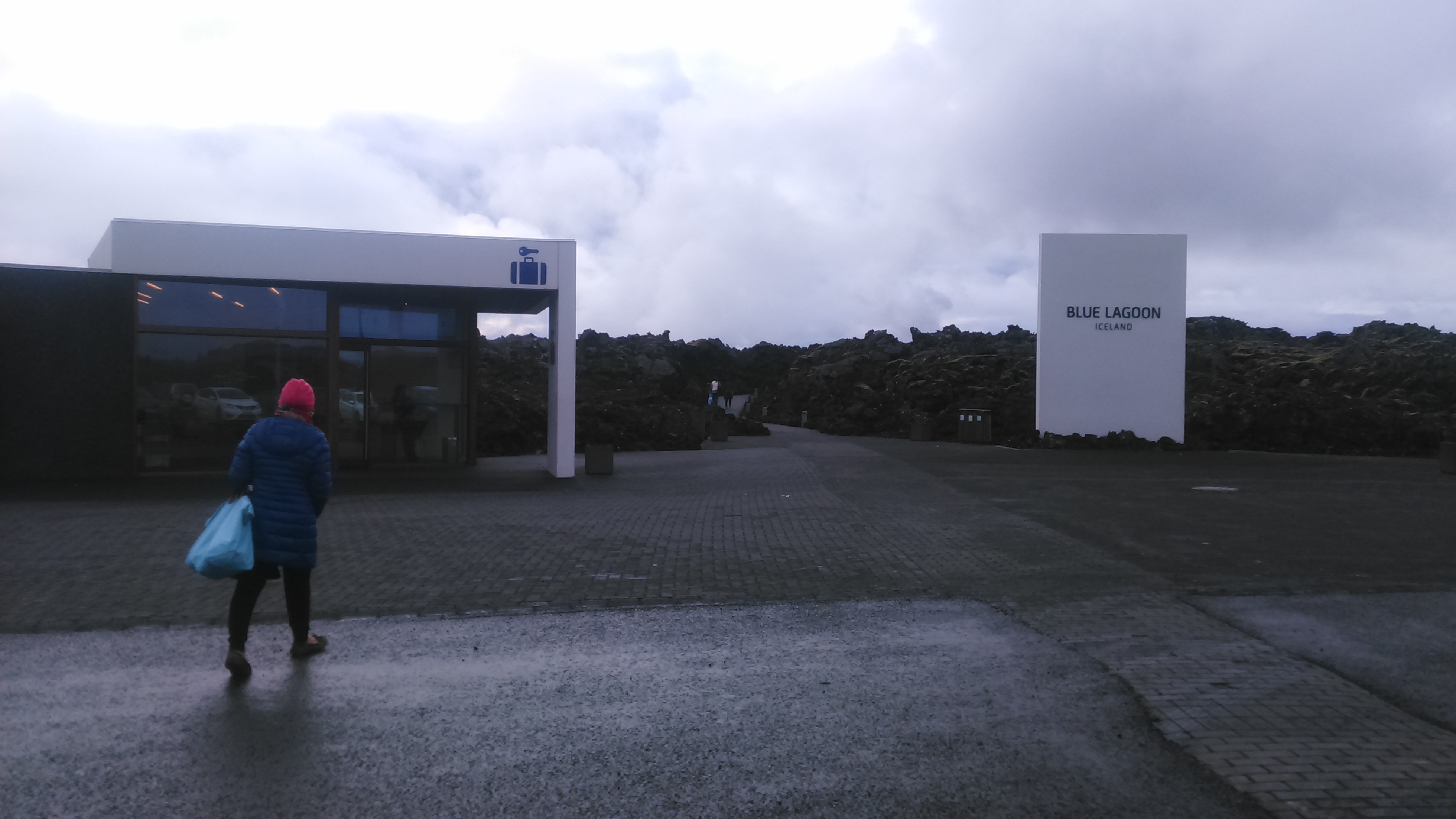
The first place you need to visit in Iceland is the Bláa lónið, or the Blue Lagoon. A geothermal spa located 40 minutes away from the capital, its beautiful milky blue water is rich in silica and minerals that are said to be helpful for skin-related problems.
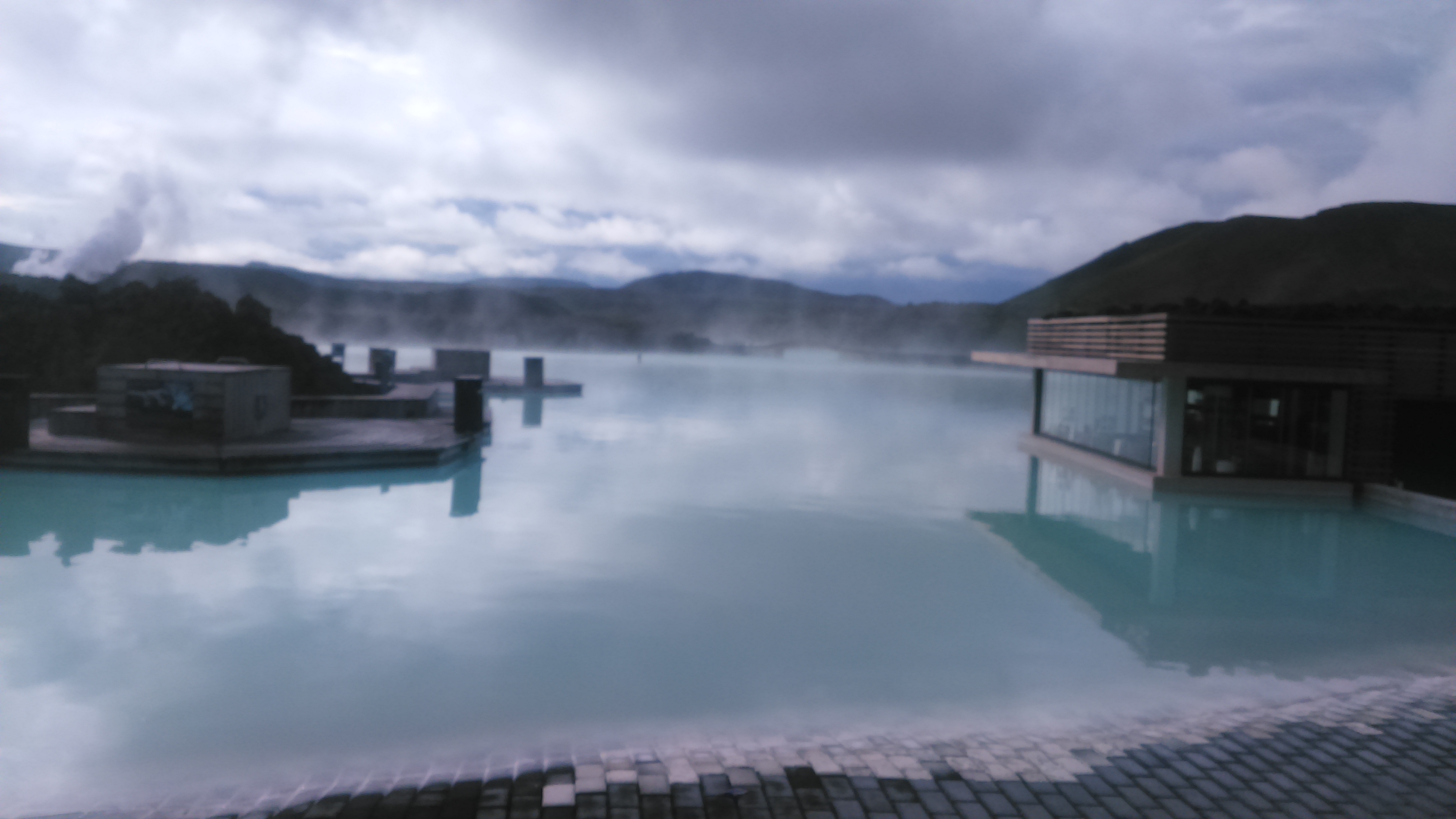
Icelanders love to keep warm by going swimming in warm pools (both indoors and outdoors.) As they say, when in Iceland, do as the locals and luxuriate in the feel of the cold air and hot water against your skin.
The Golden Circle
After that refreshing bath, you can take a tour called the Golden Circle, which is composed of the Thingvellir National Park, the Geysir, and the Guilfoss Waterfall.
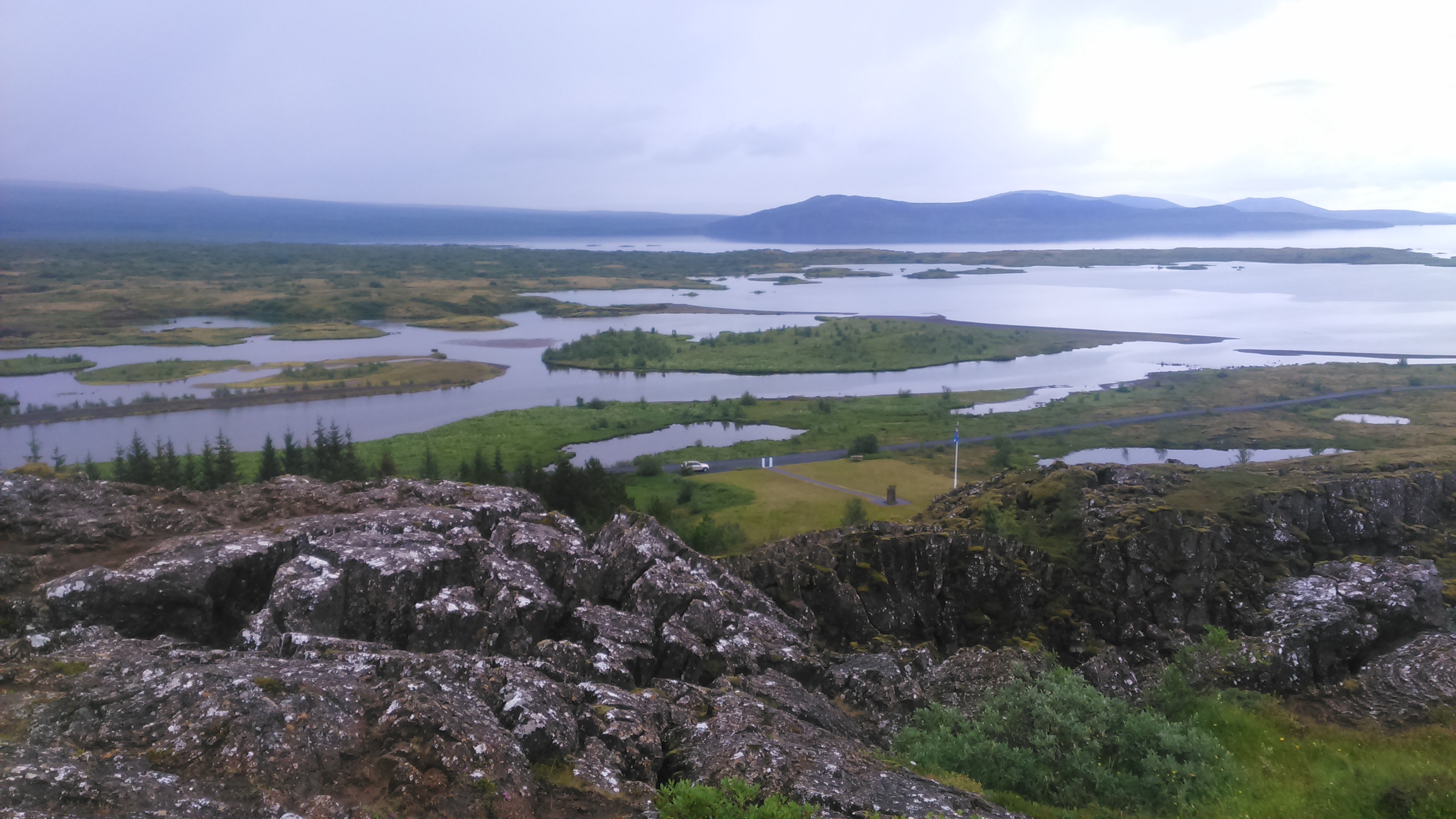
Designated UNESCO World Heritage Site, the Thingvellir (or Þingvellir) National Park is a wide tableaux that spans an entire valley. At the visitor centre overlooking the valley, you will see that it is riven with cracks and faults that come from the North American and Eurasian Plates continental drift.
Some of the cracks are so large, like the Almannagjá, which is almost a canyon. The valley itself is also studded with lakes and rivers, and you can go up and down these hiking trails and small bridges to get a better look at your surroundings.
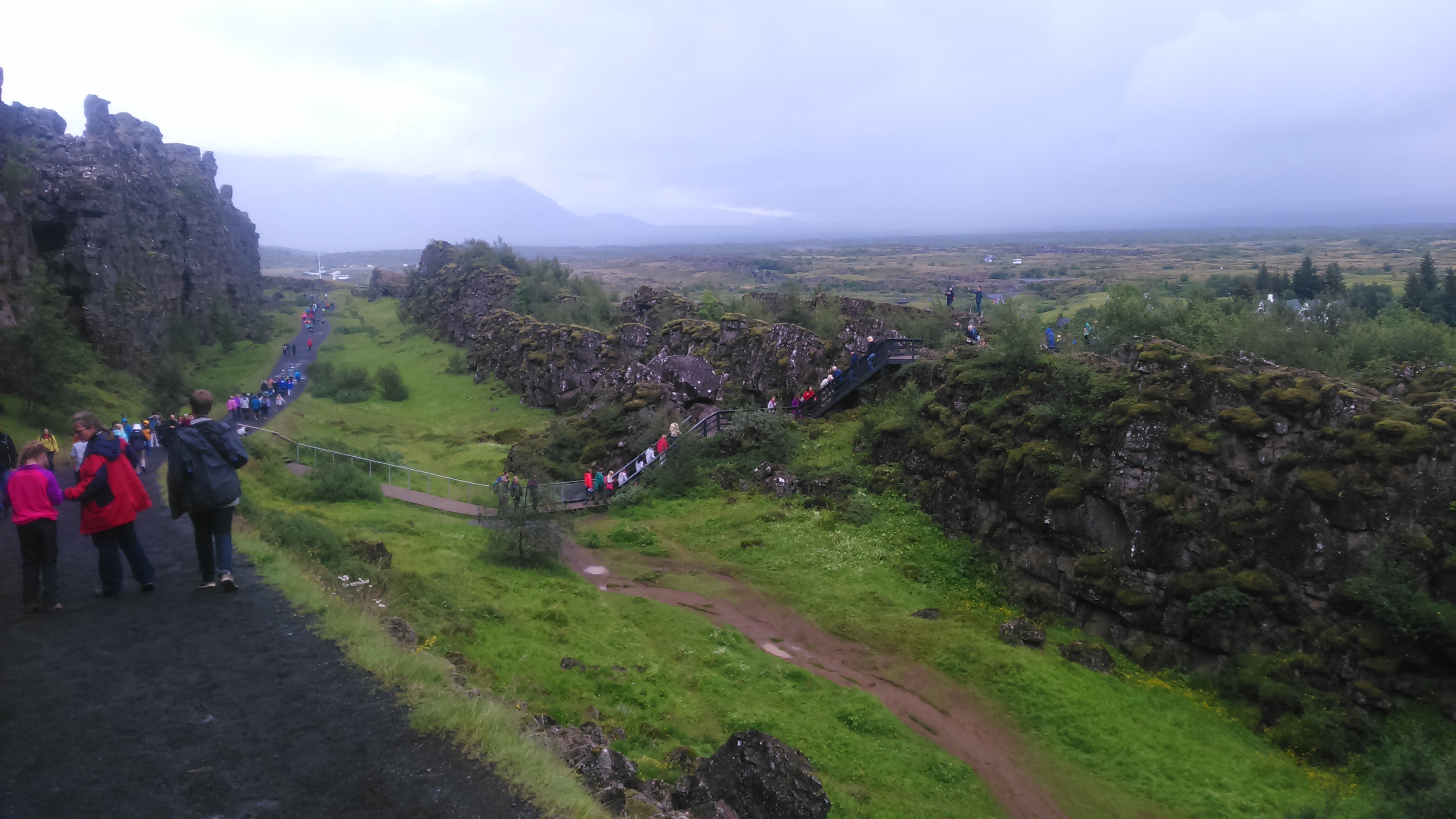
From Thingvellir, you can check out the world-famous geysers of Haukadalur. Iceland is an active land and this is evident in Haukadalur, with its more than 40 small hot springs, mud pots, and fumaroles. It also has the two giant geysers: the booming Strokkur — which erupts every five to ten minutes — and sleeping Geysir — which gave the world the word “geyser.”
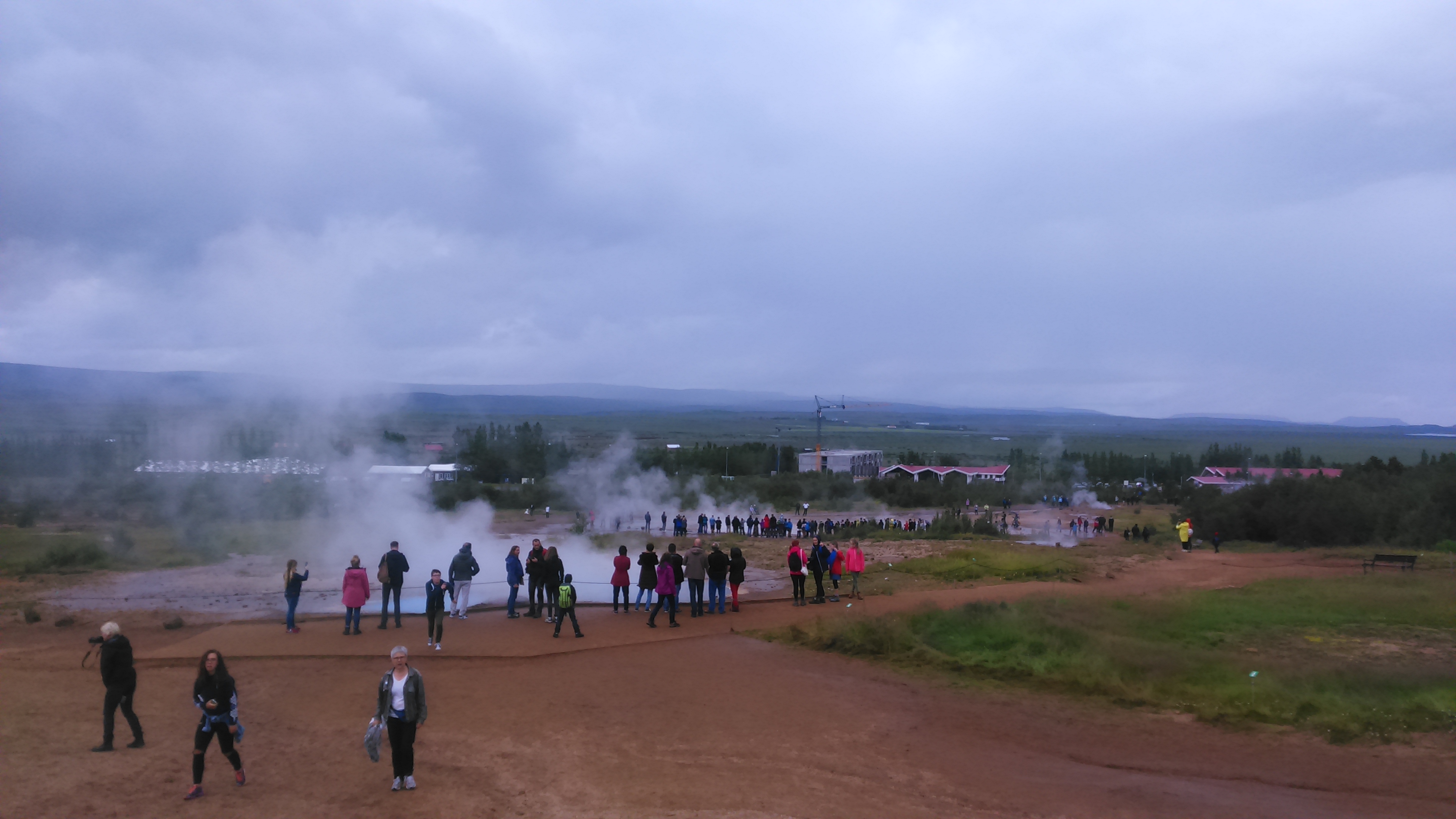
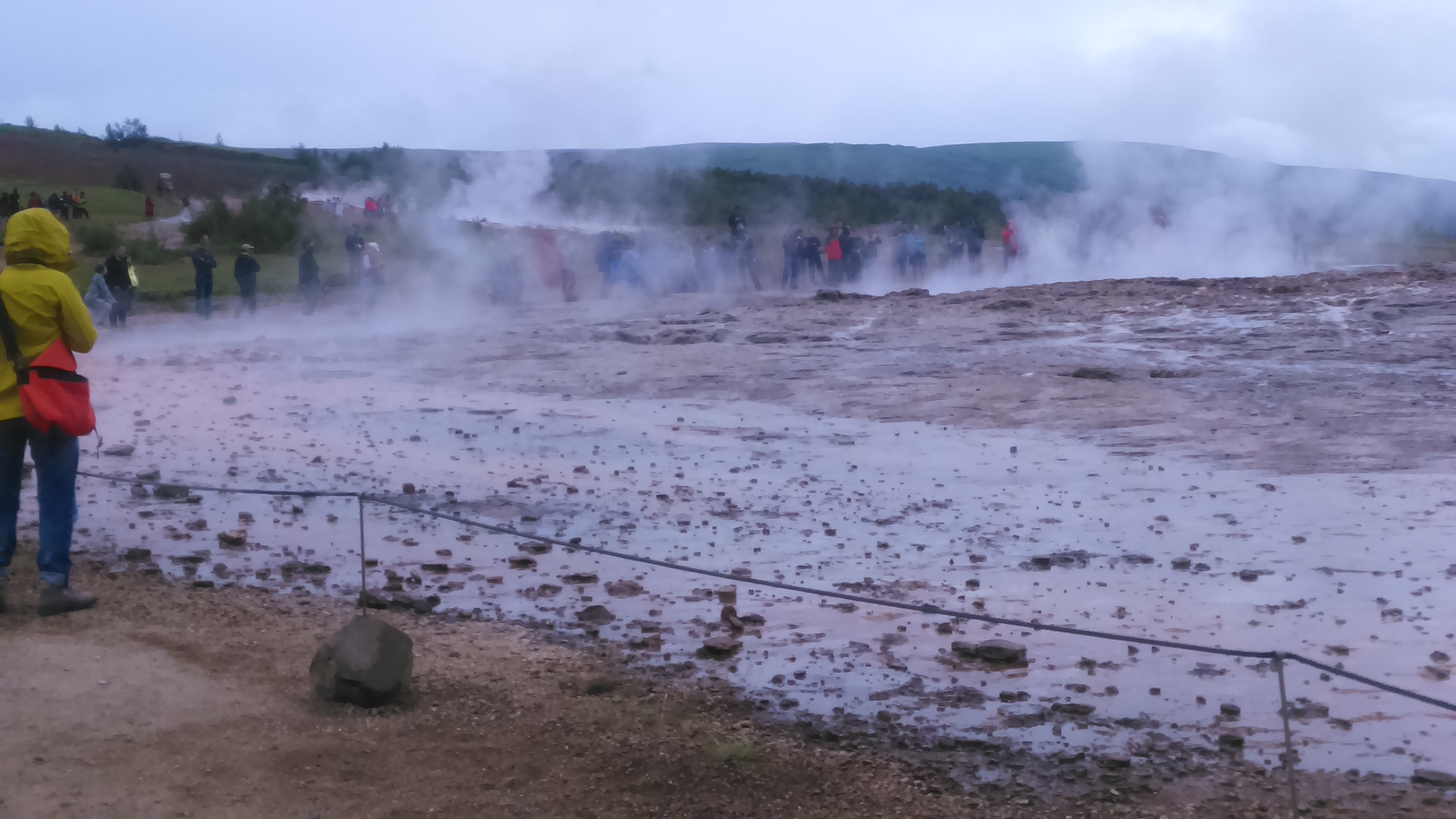
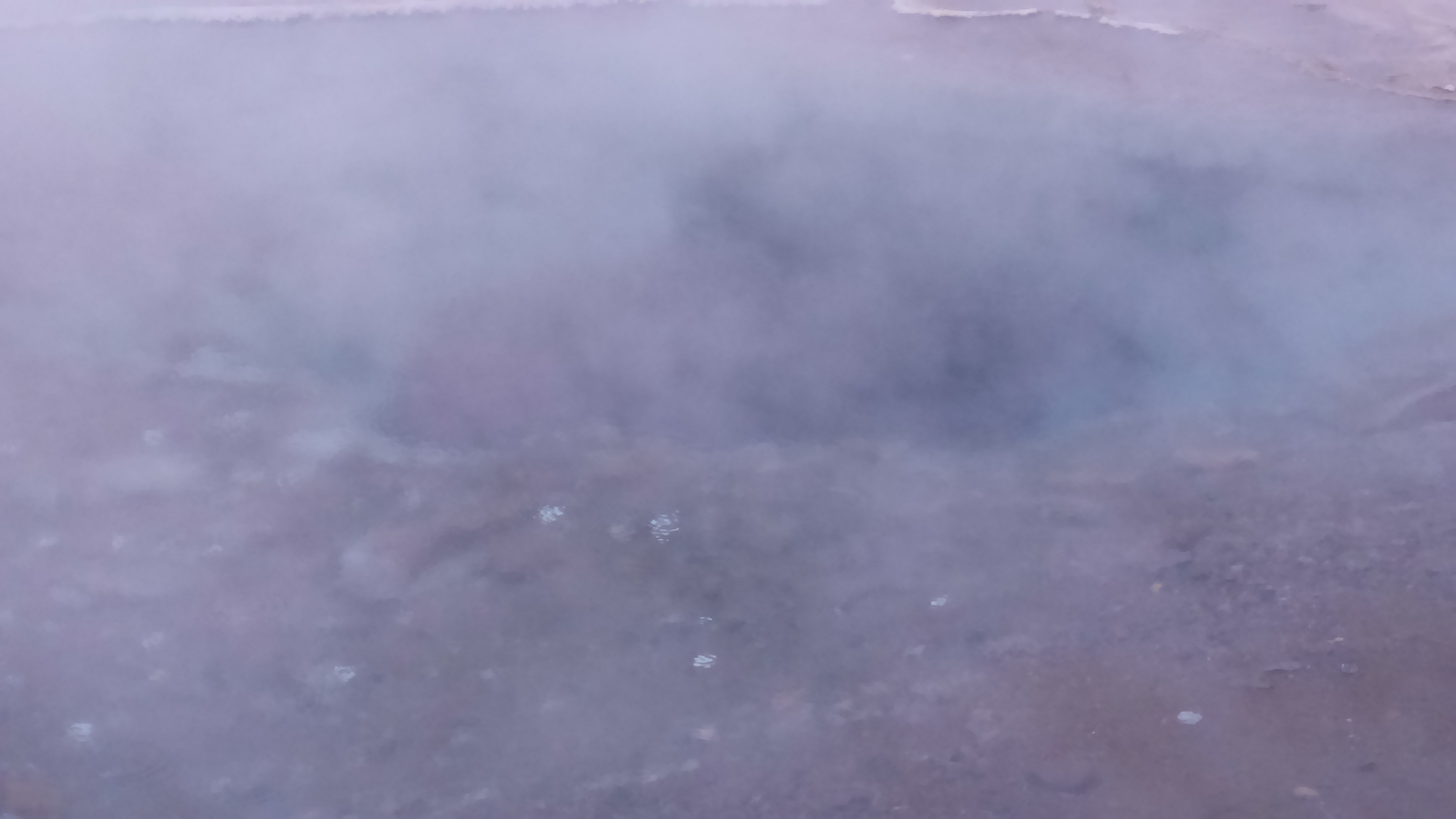
The White Walls
Not part of the Golden Circle but a definite must-see on your itinerary is the Sólheimajökull glacier stretching down from the Mýrdalsjökull ice cap.
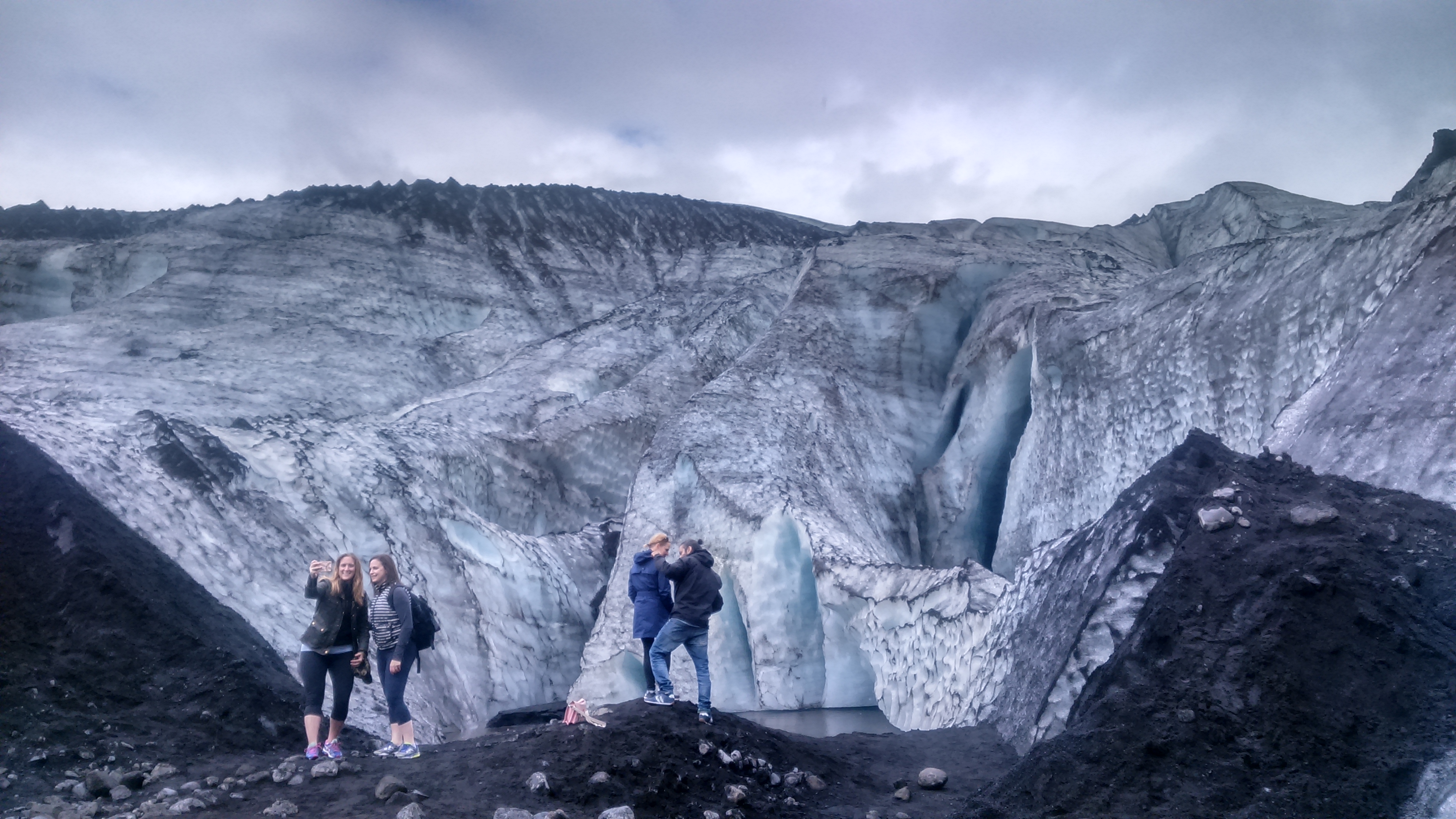
Here you can see how time moves in Iceland: a gigantic wall of ice pushing through a gap in the mountains even as it shrinks. The ice is melting in trickles, transforming into a stream and then later a river.
As you watch tourists try to climb the glacier with crampons and ski poles, you place a hand on the dirt-covered ice and realize that this has been here for more than a thousand years.
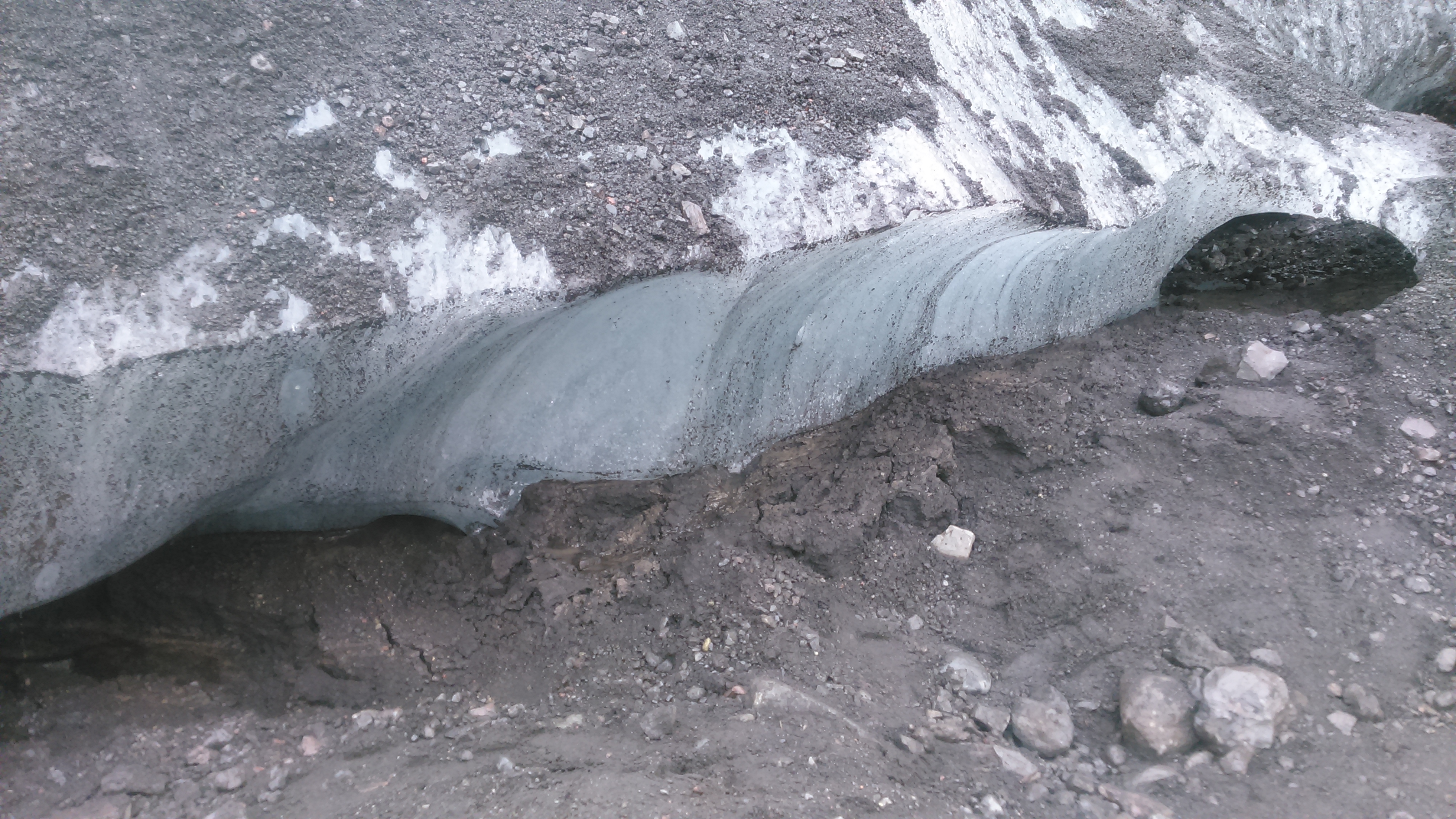
The Black Beach
If there is one place where you can take in the whole beauty of Iceland, it would be the Reynisfjara Beach, also known as the Black Sand Beach.

Imagine a stretch of beach filled with small, smooth black stones and its surf constantly pounded by giant waves. Reynisfjara feels like a battleground of elements, with the thrashing North Atlantic Ocean on your right and the dark caves and hexagonal basalt columns of the stolid Reynisfjall mountains on your left.
Some distance away, there are three pillars of rocks standing tall and strong amidst the churning water. Supposedly, these are what’s left of three trolls who were careless enough to be caught in the sunlight.
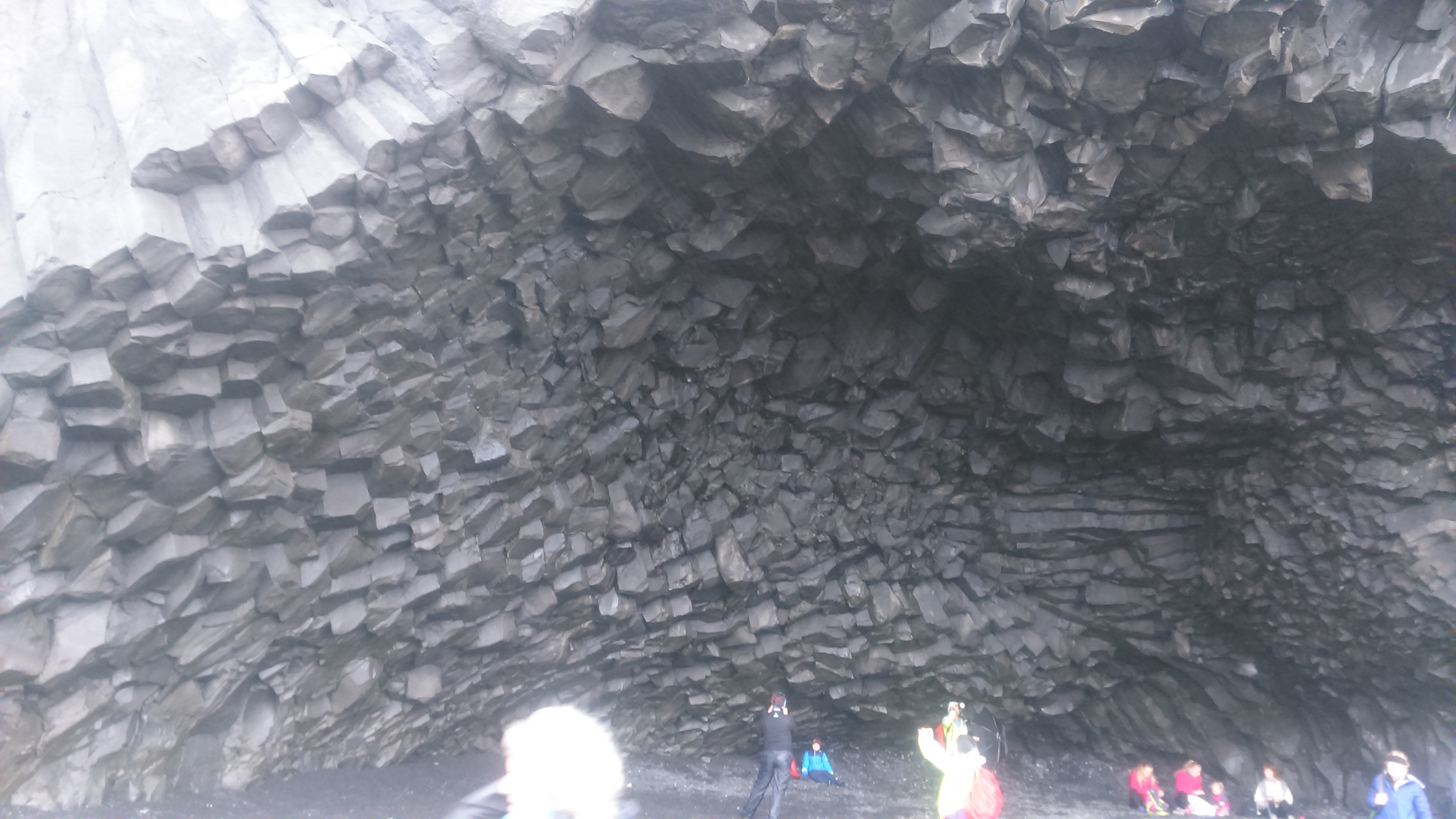
It is here you can truly see the primal, elemental beauty of Iceland.
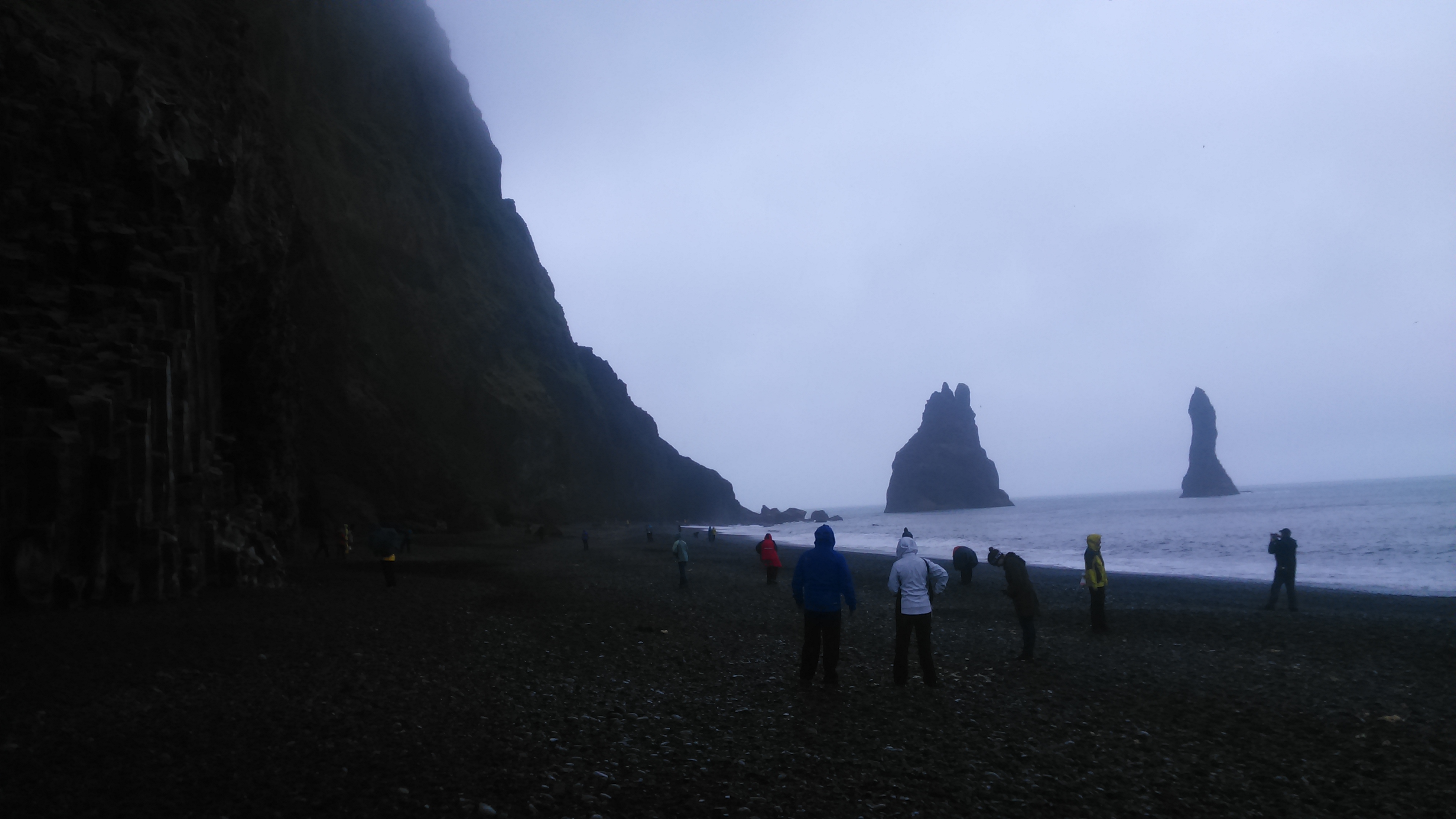
ALL PHOTOS COURTESY OF JOSEPH NACINO
Got anything to add to this story? Post your thoughts in the comments!



